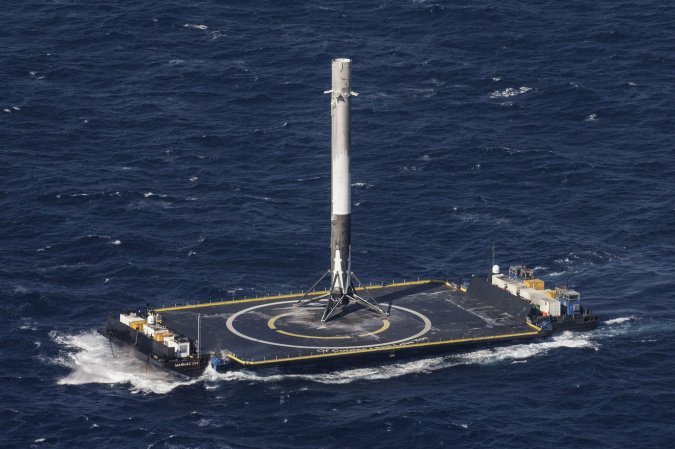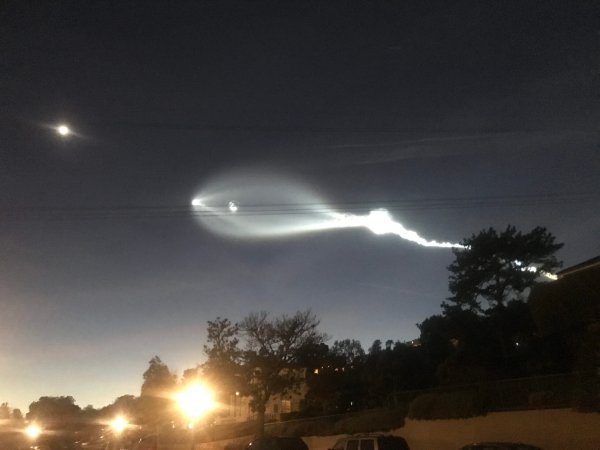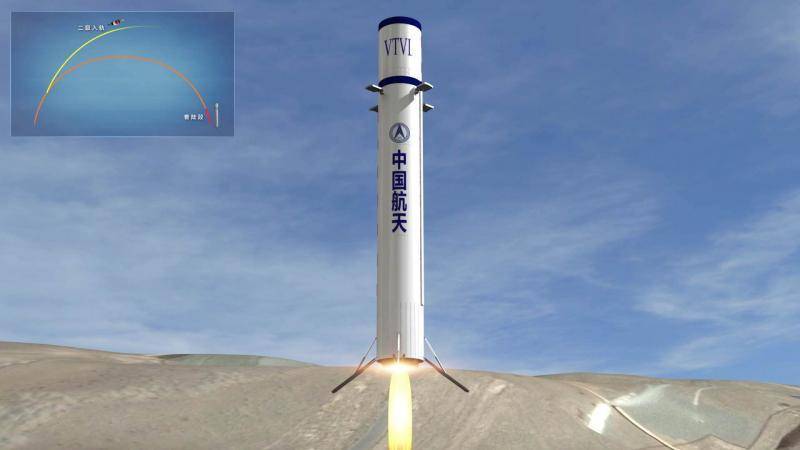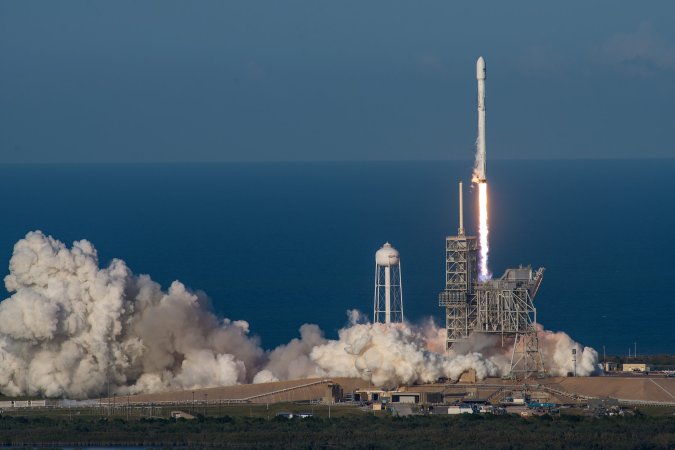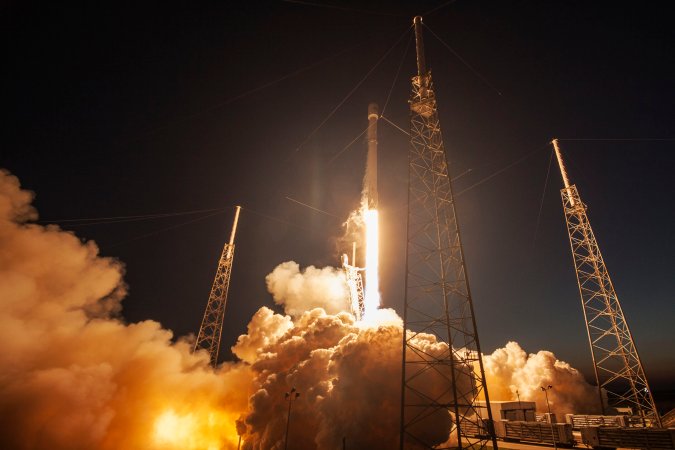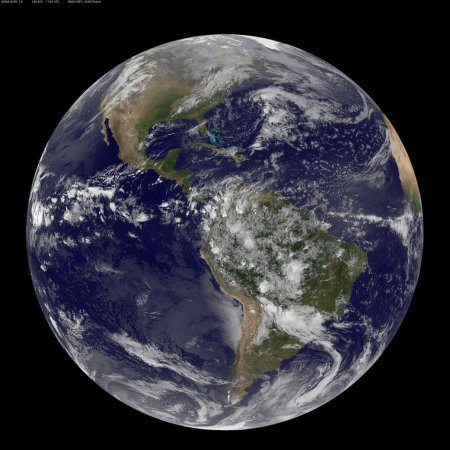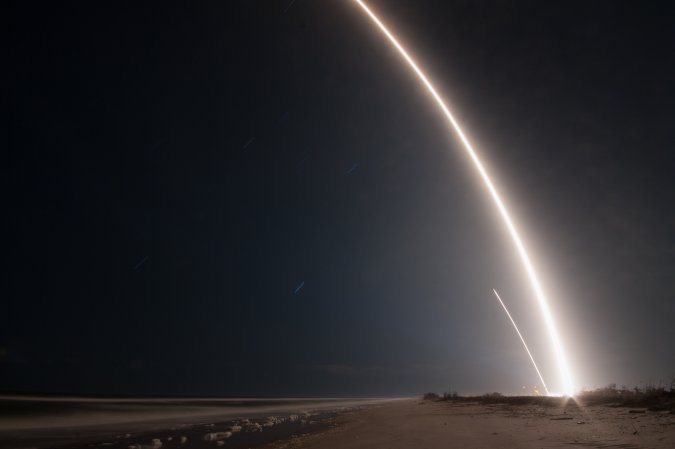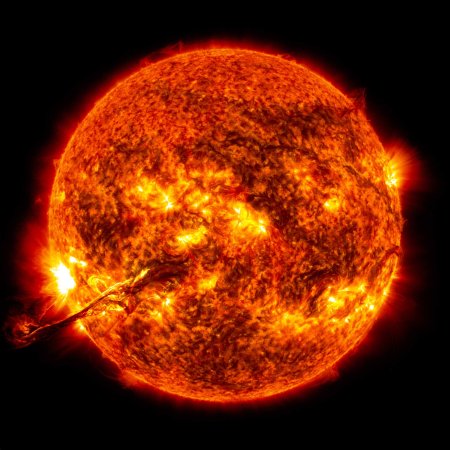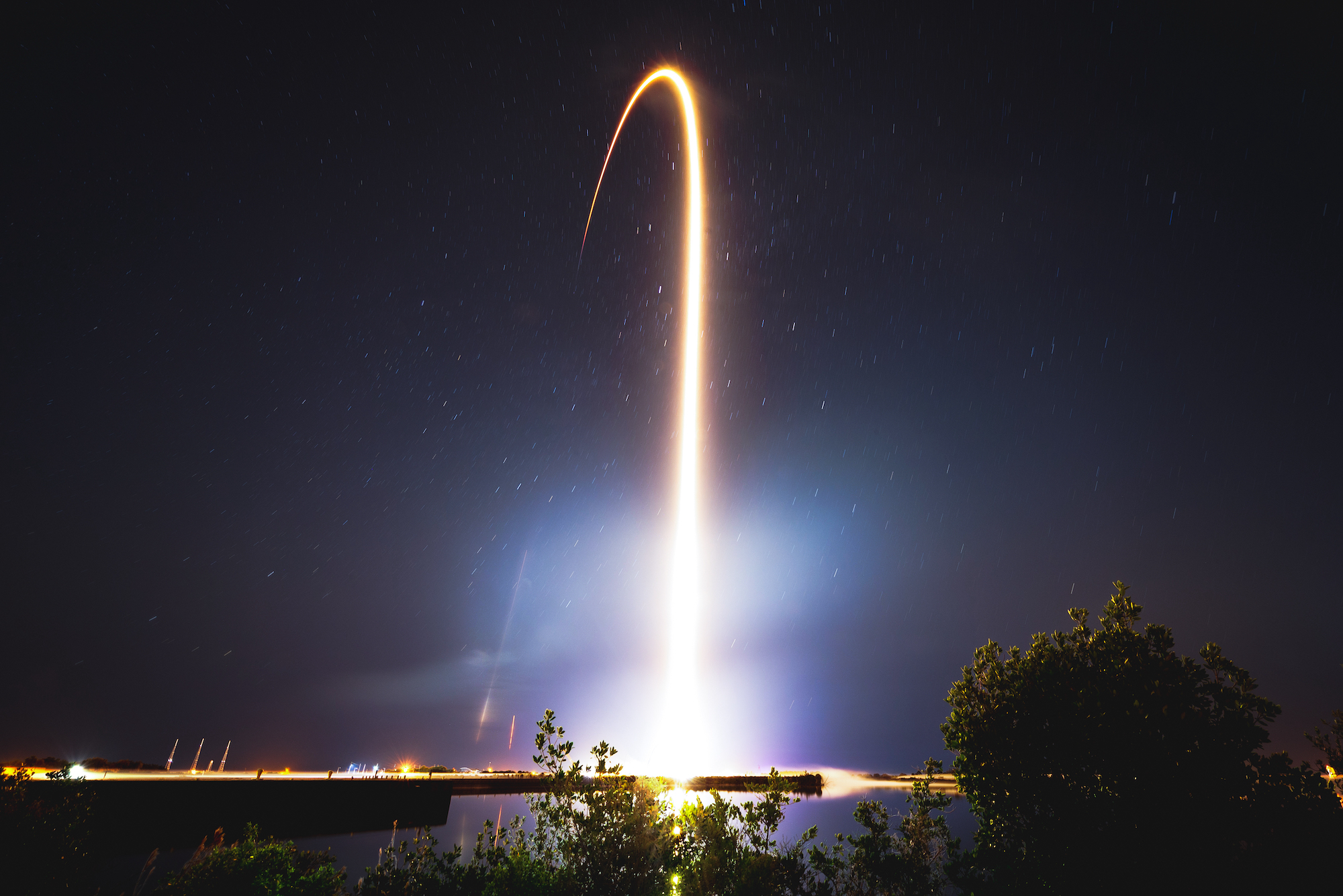

SpaceX launched 49 Starlink satellites into low Earth orbit last week, with plans to eventually bring them up to higher altitudes. But due to a geomagnetic storm on Friday, up to 40 of the 49 satellites are falling out of their intended orbit.
On Friday, the sun’s surface erupted with outbursts of charged particles called “coronal mass ejections.” Those particles made it harder for the satellites, which were planned to provide internet access, to maintain their orbits. In a statement on Tuesday, SpaceX said “the escalation speed and severity of the storm caused atmospheric drag to increase up to 50 percent higher than during previous launches.”
The geomagnetic storm itself “was by no means a big event”—it happened at “just the wrong time,” Bill Murtagh, the program coordinator at National Oceanic and Atmospheric Administration’s (NOAA) Space Weather Prediction Center told Space.com. “That is a drag,” he added.
By design the satellites will burn up as they return to Earth, posing no risk to people or other satellites. “Up to 40 of the satellites will re-enter or already have reentered the Earth’s atmosphere,” SpaceX said in a statement on Tuesday.
[Related: NASA images show the sun has had a rough week]
Friday’s solar storm is a sign of what is to come in the next few years. The sun operates on 11-year cycles, going between periods of calm and periods of intense storms. We’re currently in a milder phase of the sun’s activity, but events like solar flares and coronal mass ejections will ramp up, likely peaking around 2025. During “solar maximum,” storms like this recent one will occur hundreds of times over just a few years.
NOAA measures geomagnetic storms on a severity scale of G1 to G5. The agency issued a warning for a “likely” geomagnetic storm of G1 to G2 the day before SpaceX launched its 49 satellites. Given this warning, and the fact that the potential impacts of storms on orbits are pretty well known, some experts find it peculiar that SpaceX would not have accounted for this possibility in its launch plans.
“It’s a bit of a surprise,” Jonathan McDowell, an astronomer at the Center for Astrophysics | Harvard & Smithsonian, told The New York Times. “They should have been ready for this, one would have thought.”
Solar storms of this magnitude are fairly common, but to have so many satellites succumb at once is unusual. “To lose most of the batch is unheard of,” McDowell told CNBC. “This is huge compared to anything that’s happened before.”
There are currently 1,915 Starlink satellites in orbit, and SpaceX plans to launch thousands more in the coming years—the company’s goal is to create an internet service accessible from nearly anyplace on Earth. A loss of 40 doesn’t seem so big against that grand scheme. But each of these satellites is estimated to cost $500,000—the loss of about 40 satellites will cost SpaceX around $20 million.
